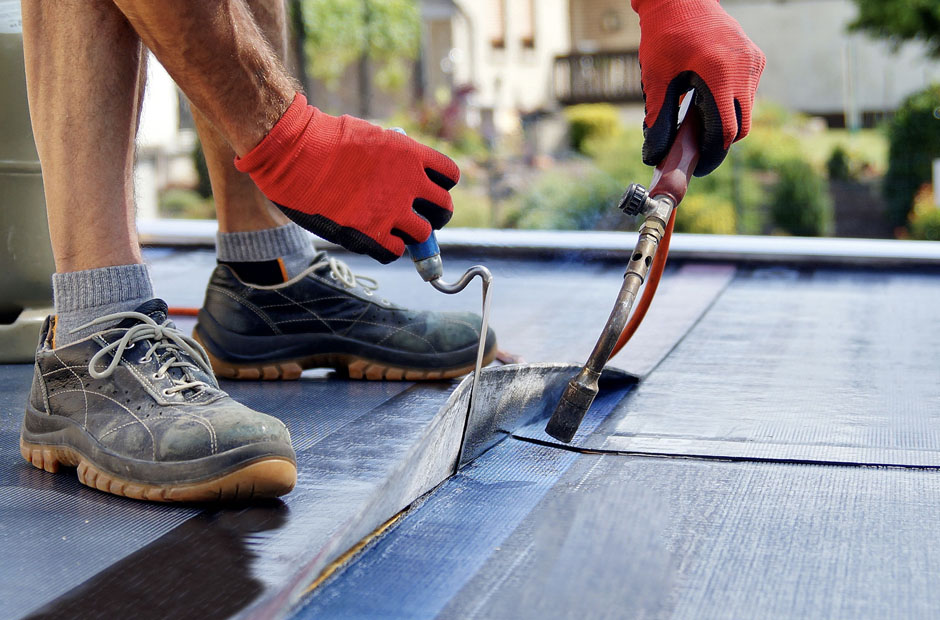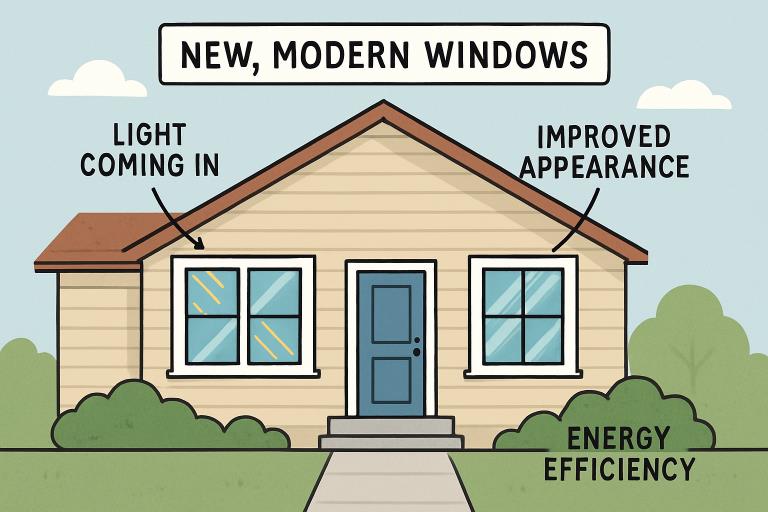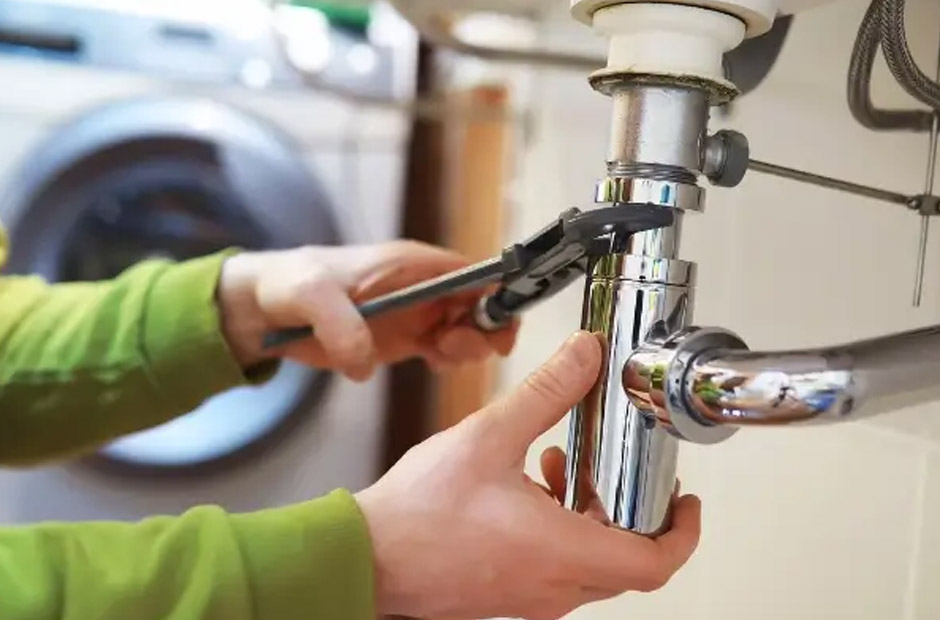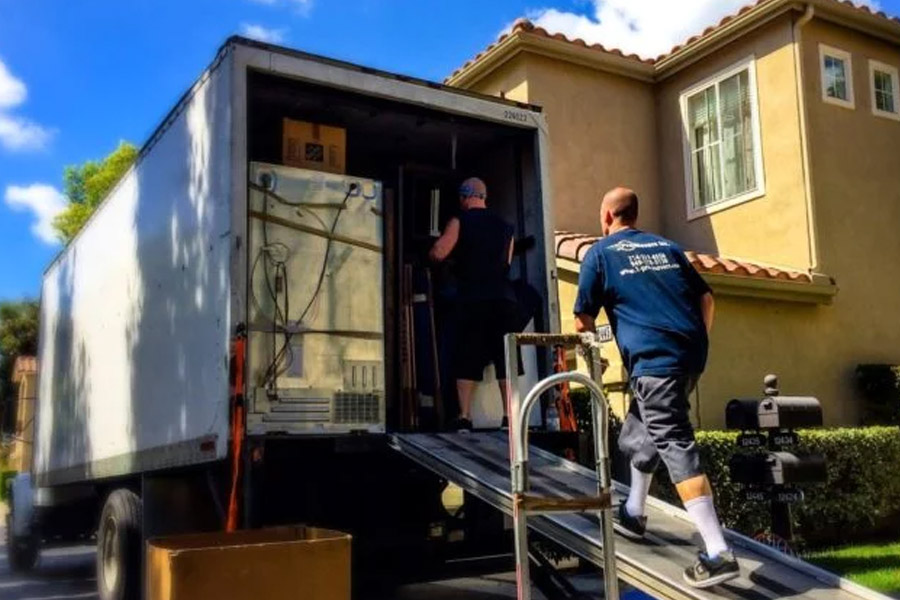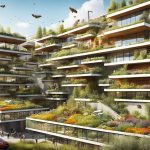Now Reading: PVC Fence vs. Wood Fence: Key Differences You Should Know
-
01
PVC Fence vs. Wood Fence: Key Differences You Should Know
PVC Fence vs. Wood Fence: Key Differences You Should Know
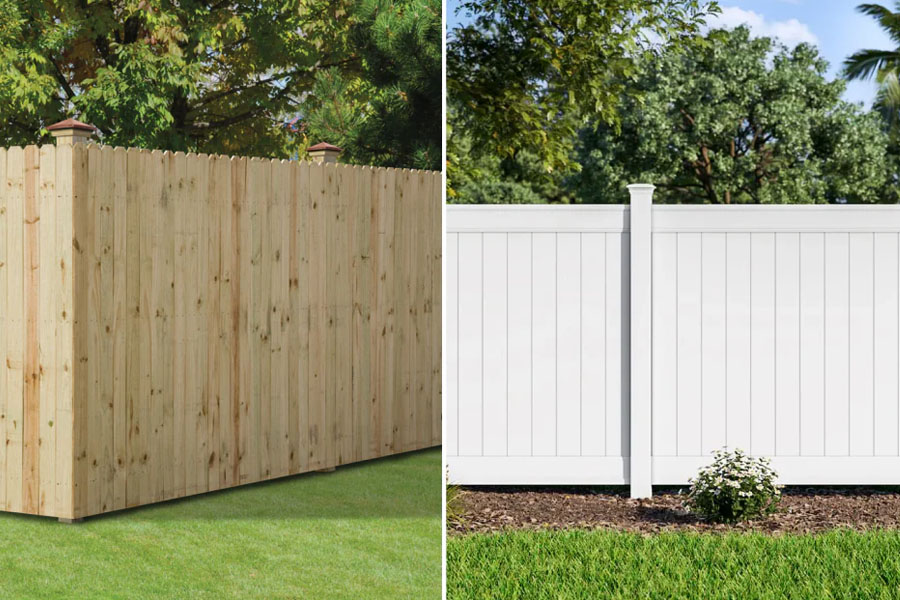
The setup — why this choice feels cinematic
Picking a fence is oddly theatrical: it frames your home the way a set frames a scene. The right pick can be subtle like a whisper or bold like a director’s cut. At its heart this is a trade-off between material, maintenance, and mood — the crisp, low-effort ease of PVC (a type of vinyl) versus the textured, living warmth of wood. Below I walk through what each material really is, how they behave in the weather, what they cost upfront versus over time, and the aesthetic choices that turn a practical boundary into a design statement.
What is a PVC fence?
PVC stands for polyvinyl chloride, a durable plastic used widely in construction. PVC fence panels are manufactured, often hollow or partially filled, and designed to resist rot, rust, and insect damage — they don’t need staining or sealing, and cleaning is usually a simple rinse. PVC is lightweight compared with many traditional options, which makes it faster to install and often less expensive at purchase; that lightness does mean the panels can feel less solid than reinforced alternatives. PVC fences come in a variety of styles, from privacy panels to decorative pickets, and they hold color well without frequent repainting.
What is a wood fence?
A wood fence is made from natural timber — cedar, redwood, pine, and other species are common — and it brings an organic, tactile presence to a property. Unlike manufactured plastics, wood responds to heat, sun, and moisture: it may need periodic staining, painting, or sealing to maintain appearance and resist rot or warping. The payoff for that maintenance is texture and character: grain, knots, and natural aging create an authentic look that vinyl tries to mimic but can’t replicate exactly. Structurally, well-built wood fences can be dense and heavy-duty, and when crafted from high-quality timber they can last for decades with regular care.
PVC vs. Vinyl — decoding the terms
People sometimes use “PVC” and “vinyl” interchangeably, and that muddies the waters. Vinyl is a broader category of plastic fencing products; PVC is a specific polymer within that family and is commonly used in fence manufacturing. Some vinyl fences are reinforced, layered, or blended with additives to increase rigidity and UV resistance, while basic PVC panels may be simpler in construction. In practice, a high-end vinyl fence can outperform a cheap PVC model, so it’s useful to look beyond labels and inspect build quality, wall thickness, and reinforcement.
Durability and maintenance — what ages better?
Durability depends on material quality and local climate. PVC and reinforced vinyl resist rot, termites, and moisture damage better than untreated wood, and they don’t require seasonal staining. However, prolonged UV exposure can cause fading or brittleness in lower-grade plastics; premium vinyl often includes UV stabilizers that resist this. Wood, when properly treated and maintained, can last a long time but will typically need more regular attention — sealing, painting, or replacing boards that warp or rot. In short: plastics tend to win on maintenance; wood can win on longevity when cared for.
Cost and long-term value
Upfront, PVC and most vinyl fences are usually less expensive than premium wood installations, partly because of lower material cost and faster installation. Wood often carries a higher initial price for quality timber and carpentry. Long-term value shifts with maintenance: PVC can be cheaper to own when you factor in years without staining or major repairs, while wood may appreciate in curb appeal and resale value if it’s well maintained and matches neighborhood character. The calculus is personal: spend more now for natural beauty, or spend less now and fewer hours later for near-zero upkeep.
Aesthetics — the emotional payoff
This is where fences stop being utilitarian and start feeling personal. Wood delivers warmth, depth, and a patina that changes over seasons; it can be painted, stained, or left to silver into a quiet, lived-in look. PVC offers cleaner lines, uniformity, and a “set-and-forget” brightness that suits modern or minimalist homes. Vinyl can mimic wood grain convincingly, but the expression is still engineered rather than organic. If your house is a character actor — full of texture and history — wood often harmonizes; if it’s a contemporary protagonist with straight edges, PVC or vinyl complements.
Installation — why it matters
Installation quality can make or break any fence. Proper post setting, level panels, and correct anchoring affect stability, longevity, and appearance regardless of material. PVC panels are lighter and often quicker for professionals to install, but alignment and soil conditions still matter. Wood requires precise carpentry and careful treatment of post holes and base materials to avoid premature failure. In both cases, a correctly executed installation reduces future headaches and preserves the look you paid for.
Environmental and resale considerations
Environmental impact can be nuanced: wood is renewable when sustainably sourced, but it needs treatment and replacement over time; vinyl is long-lasting but derived from fossil-fuel-based plastics. Resale impact depends on neighborhood context — in some markets a classic wood fence can boost curb appeal more than vinyl, while in others a durable, low-maintenance vinyl fence is seen as an upgrade. Either way, matching the fence material and style to neighborhood expectations is often the simplest path to preserving property value.
Which scenarios suit each material?
PVC and vinyl are particularly appealing where low maintenance, resistance to pests and moisture, and cost-efficiency are priorities; they’re often chosen for rental properties, pool areas, and tidy, modern yards. Wood tends to be chosen where natural warmth, customization, and traditional aesthetics are important — think gardens full of texture, homes with historic character, or when the fence is meant to look handcrafted. Both materials have variants for privacy, picket styling, and decorative needs, so the final look is more about design choices than elemental limits.
FAQ
What’s the main practical difference between PVC and wood?
PVC is low-maintenance and resists rot and insects, while wood offers natural beauty and texture but requires periodic care.
Will PVC fade or crack in strong sun?
Lower-grade PVC can fade or become brittle over many years of UV exposure, but higher-quality vinyl often includes UV stabilizers to reduce that risk.
Which option costs more over time?
PVC typically costs less in maintenance and therefore may be cheaper over time, but well-maintained quality wood can also deliver long-term value depending on local market preferences.
Can vinyl mimic the look of wood?
Yes — many vinyl products are textured and colored to resemble wood grain, though the look remains manufactured rather than genuinely organic.
How important is installation quality?
Extremely important; poor installation can cause sagging, shifting, and premature failure in both PVC and wood fences.
Is one material better for the environment?
It depends: sustainably sourced wood is renewable but needs upkeep and replacement; vinyl is long-lasting but plastic-based, so trade-offs exist.


